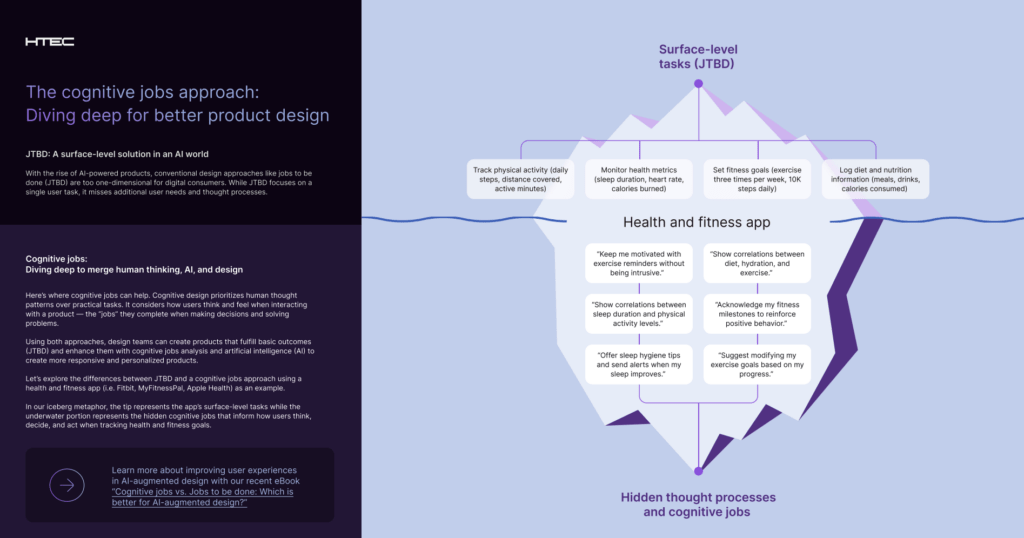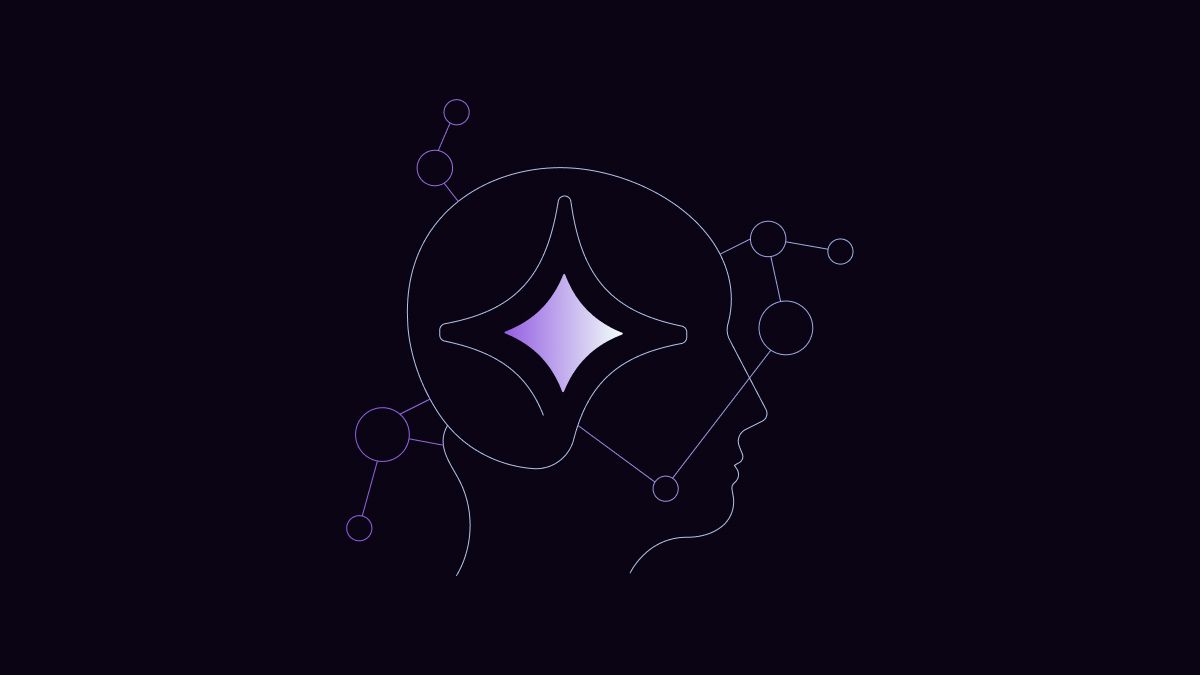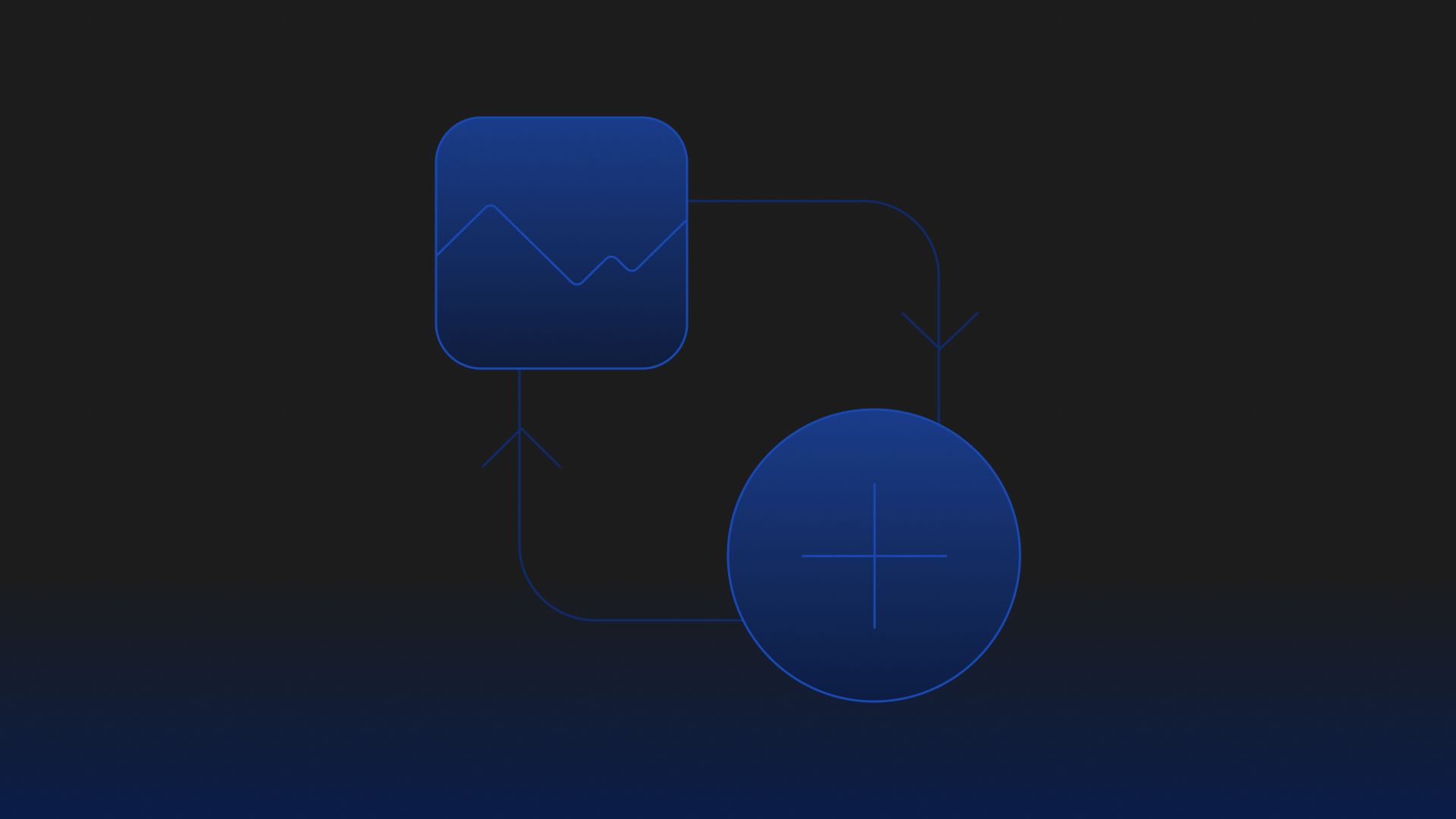When applied correctly in product design, AI doesn’t just help complete tasks — it learns, adapts, and generates outcomes based on user behavior or “cognitive jobs.” The result? Products with higher user satisfaction and adoption rates.
Why it matters: With the rise of AI-powered products, a traditional “jobs to be done” (JTBD) design approach falls short because it focuses on surface-level user tasks.
Let’s get visual: Our infographic uses the iceberg analogy to represent how an AI-augmented, cognitive jobs approach can boost user satisfaction when interacting with a fitness app. Surface-level tasks sit at the tip of the iceberg, while the larger, underwater portion represents users’ hidden cognitive jobs.
Takeaway: Using both approaches, design teams can create well-rounded products that fulfill basic tasks (JTBD) and deliver the personalized experiences users crave with cognitive jobs analysis and AI.
To learn more about improving user experiences in AI-augmented design, read our eBook, “Cognitive jobs vs. Jobs to be done: Which is better for AI-augmented design?”







